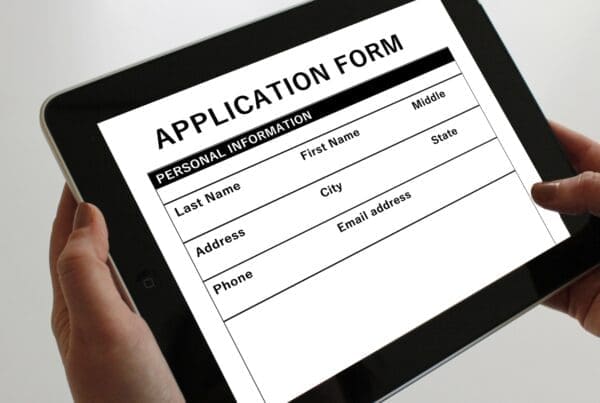Whether it’s in response to allegations of misconduct or concerns about an employee’s performance falling below the required standards, workplace disciplinary actions are very rarely straightforward.
No matter the reason was for initiating a disciplinary process, the entire procedure must be handled sensitively and professionally. In some cases, it might be necessary to suspend an employee from work while an investigation takes place.
After the issue has been investigated, it could be the case that the situation has been addressed, and you’re ready for the individual in question to return to the office. But after a process as delicate as a disciplinary procedure, how do you navigate this return? Here are our top tips:
1. Communicate Clearly
One of the most important elements for the successful reintegration of disciplined staff is communication. During this challenging phrase, it’s vital that you, as a manager or employer, act as transparently as possible. Your employee needs to understand what expectations you have going forward, while any consequences stemming from their past actions should also be clear.
Before your staff member returns to work, speak to them candidly about the process, address any concerns they may have, and outline a clear path forward. Transparency will allow you to rebuild trust and ensure that their return to work runs as smoothly as possible.
2. Consider a Phased Return Plan
In some cases, it might not be appropriate that the employee in question makes an immediate return to work in a “business as usual” fashion. A wiser course of action may be the implementation of a phased return plan, allowing the disciplined individual to acclimatise gradually. Doing so will reduce the potential stress and anxiety that an abrupt return might bring, as well as give other staff members the opportunity to adjust. A phased return might involve reduced hours, more days working at home, or additional training to help support the employee as they resume their usual duties.
3. Provide Support Mechanisms
Another way to ensure employees are successfully reintegrated is with the provision of appropriate support, such as counselling services. Depending on the reason for the disciplinary action, introducing these measures could help address the root cause of the issue and ensure a similar problem doesn’t occur in the future. By introducing supportive measures, you’re demonstrating that as a leader, you encourage personal and professional growth and acknowledge that mistakes happen.
4. Examine Your Work Culture
A positive work culture is paramount to creating a healthy, happy, and engaged workplace. The right culture can nurture feelings of respect and recognition and helps team members to feel valued and supported. What that happens, serious issues are less likely to become commonplace. Not only that, studies show that happiness in the workplace increases productivity by 12%. To promote a positive workplace environment, consider policies that encourage collaboration and communication. This can be achieved through regular team-building activities, frequent check-ins and consistent reviews, appraisals and development plans.
5. Reassess Your Core Procedures
As the work landscape evolves and hybrid and fully remote work become more commonplace, it’s essential to update company policies accordingly. Ensuring that policies are adapted to contemporary work environments helps to prevent disciplinary issues arising from outdated, out-of-touch policies.





